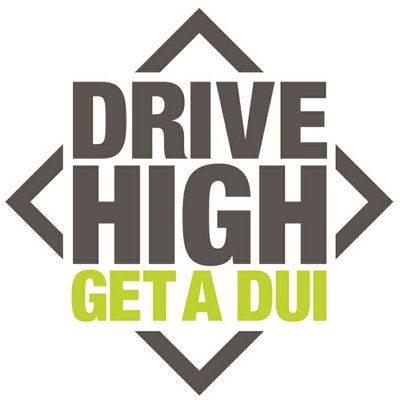The prosecution of Driving Under the Influence of Drugs (DUID) is fraught with difficulty for a prosecutor. In a typical court case, the opinion as to phsychomotor impairment that impacts safe driving due to a specific drug is just messy. In some cases it may be very obvious, but in most it is coin-toss. There are just so many variables and unknowns:
- The time between driving and blood draw makes it difficult or impossible to legitimately tie the analytical chemistry result to observations made at roadside;
- The issue of tolerance or cross-tolerance;
- The lack of poly-drug use driving studies; and
- The almost total lack of information that the officer or opining toxicologist has about the accused
All of this and more make such opinions very suspect.

No one can be in favor of truly impaired dangerous driving regardless of the source of the impairment. Dangerous impaired driving puts people and property at risk. It is irresponsible and deadly.
But impaired drug driving is very difficult to prove beyond a reasonable doubt given the above.
So what is the solution? Simplify prosecutions and make it easier to convict someone, of course. When legislatures and governments want to do that, they turn to per se offenses. The per se theory of criminal liability holds that it is illegal for someone to simply have a certain drug in his or her system at some level regardless of impairment. In fact, someone can be totally lucid and preform with better perception-reaction time, better cognitive functioning, better psychomotor function and by all accounts not be impaired, but if established that their biological specimen has that drug at or above that level, by law, that person must be convicted.
There is a lot of debate about the public policy and scientific rationale behind these laws. That is a blog post reserved perhaps for another day.
But one thing is certain DUID per se laws are the laws of the future. In 2009, New Zealand passed legislation that created a per se hierarchy of criminal culpability when it comes to drugs and driving. Denmark and Norway also have per se DUID crimes. The Netherlands also adopted a per se system for DUID. As to the United States, according to the Governors Highway Safety Association in its publication “Drug Impaired Driving Laws: Per Se Laws for Drugs by State,” (May 2014), 19 states have strict per se laws that prohibit the presence of any amount of a certain drugs in one’s system while driving.
Well, today, the United Kingdom has stepped into the debate and has passed the The Drug Driving (Specified Limits) (England and Wales) Regulations 2014
Here are the new UK drugs and their per se levels:
| Table | |
| Controlled drug | Limit (microgrammesper litre of blood) |
| Benzoylecgonine | 50 |
| Clonazepam | 50 |
| Cocaine | 10 |
| Delta-9-Tetrahydrocannabinol | 2 |
| Diazepam | 550 |
| Flunitrazepam | 300 |
| Ketamine | 20 |
| Lorazepam | 100 |
| Lysergic Acid Diethylamide | 1 |
| Methadone | 500 |
| Methylamphetamine | 10 |
| Methylenedioxymethamphetamine | 10 |
| 6-Monoacetylmorphine | 5 |
| Morphine | 80 |
| Oxazepam | 300 |
| Temazepam | 1000 |


